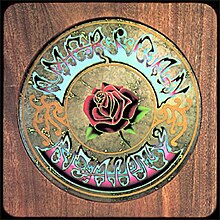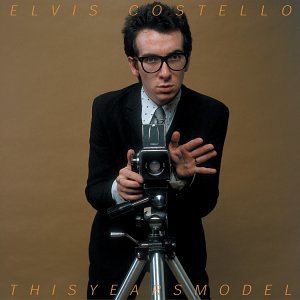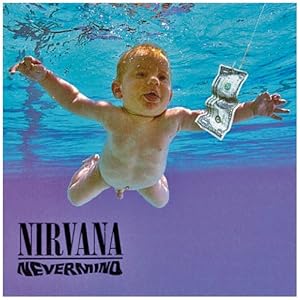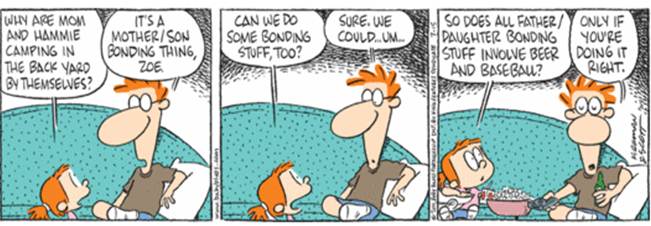
As the last great Rolling Stones album, Some Girls came out at a time of enormous flux in popular music. In 1978, disco was still hugely popular and of course all the cool kids knew about punk. A lot of the rock giants from the 60’s were either burnt out, gone, or easing into the nostalgia circuit. But not the Stones, they delivered one of their finest albums, one that covered disco, punk, and of course straight ahead rock and rock. There is/was only one band that could pull off such an effort and make it work, and for that reason deserves to be considered a classic album worthy of review at the WGOM.
One reason I really like Some Girls is that it not only reflects the times in which it was made but also reflects where the Rolling Stones were as a band and as individuals. By 1978 the Rolling Stones were nearly a decade into their “Greatest Rock and Roll Band” persona, with all the money, groupies, drugs, and adulation that goes with it. Jetting off to Rio, St. Moritz, or New York, was a monthly occurrence and the Stones obliged by having houses, girlfriends, and parties at all the world’s hot spots, always ready to hit the scene with other beautiful people.
Thankfully the Rolling Stones music didn’t suffer with all this jet setting, in fact, at the time of Some Girls’ recording, Keith Richards was cleaner – drug wise – than he had been for years. The recording sessions were in Paris and by all accounts were extremely productive. In fact the song Start Me Up was first recorded for Some Girls but Keith argued against its inclusion because he thought he stole the riff (turns out it was his own riff he stole). Just think how great this album would have been if it had also included Start Me Up?!! Wowza!
The album crosses many musical genres with the Stones putting their signature on Disco (Miss You), Country (Far Away Eyes), Motown (Imagination), and Punk (Shattered). The rest are straight ahead rock and rollers with the song Respectable an overlooked classic that should be dissected and taught in Rock School. The album ends with the song Shattered which perfectly described New York City circa 1978. The album got a lot of radio play and I purchased it shortly after it was released (with the Farrah Fawcett and Lucille Ball images on the cover -- since changed due to lawsuits) and hungrily lapped it up in all its rock and roll glory. Besides the songs listed above, Keith Richards’ Before They Make Me Run and Beast of Burden were favorites. It was the perfect Rolling Stones album with a solid rhythm section, Keith’s fantastic riffs, and Mick’s vocals unmatched before or since.
The album ended up being one of the Rolling Stones biggest selling albums and for better or worse resurrected their career and ensured that they would be recording and releasing albums of new material well into the next millennium. While not considered as strong as some Stones classics like Sticky Fingers, Beggars Banquet, or Exile on Main Street, I would argue that Some Girls is a fantastic rock album and somewhat slightly forgotten about over the years. If you haven’t listened to it for a while, I strongly encourage you to give it a spin.










